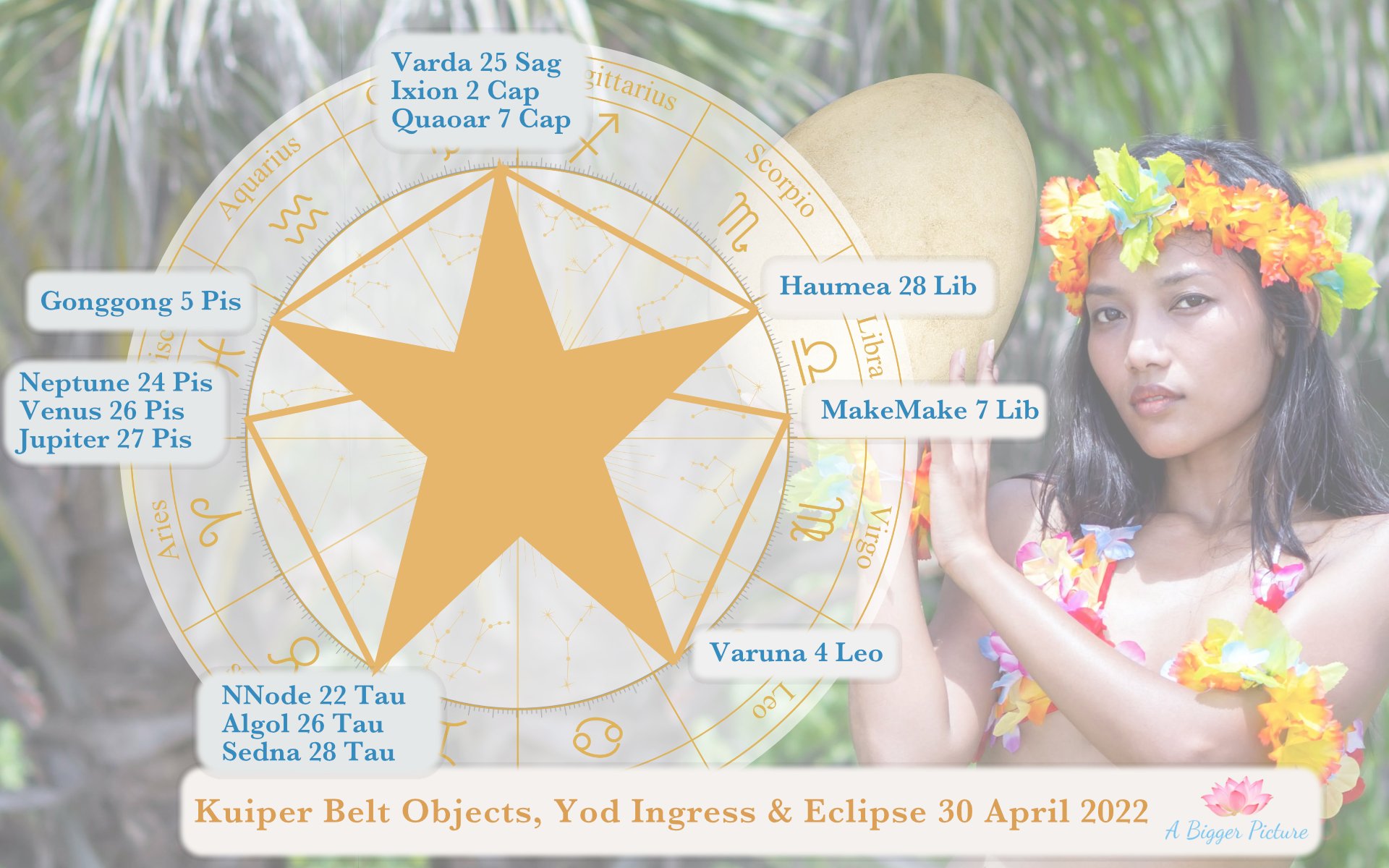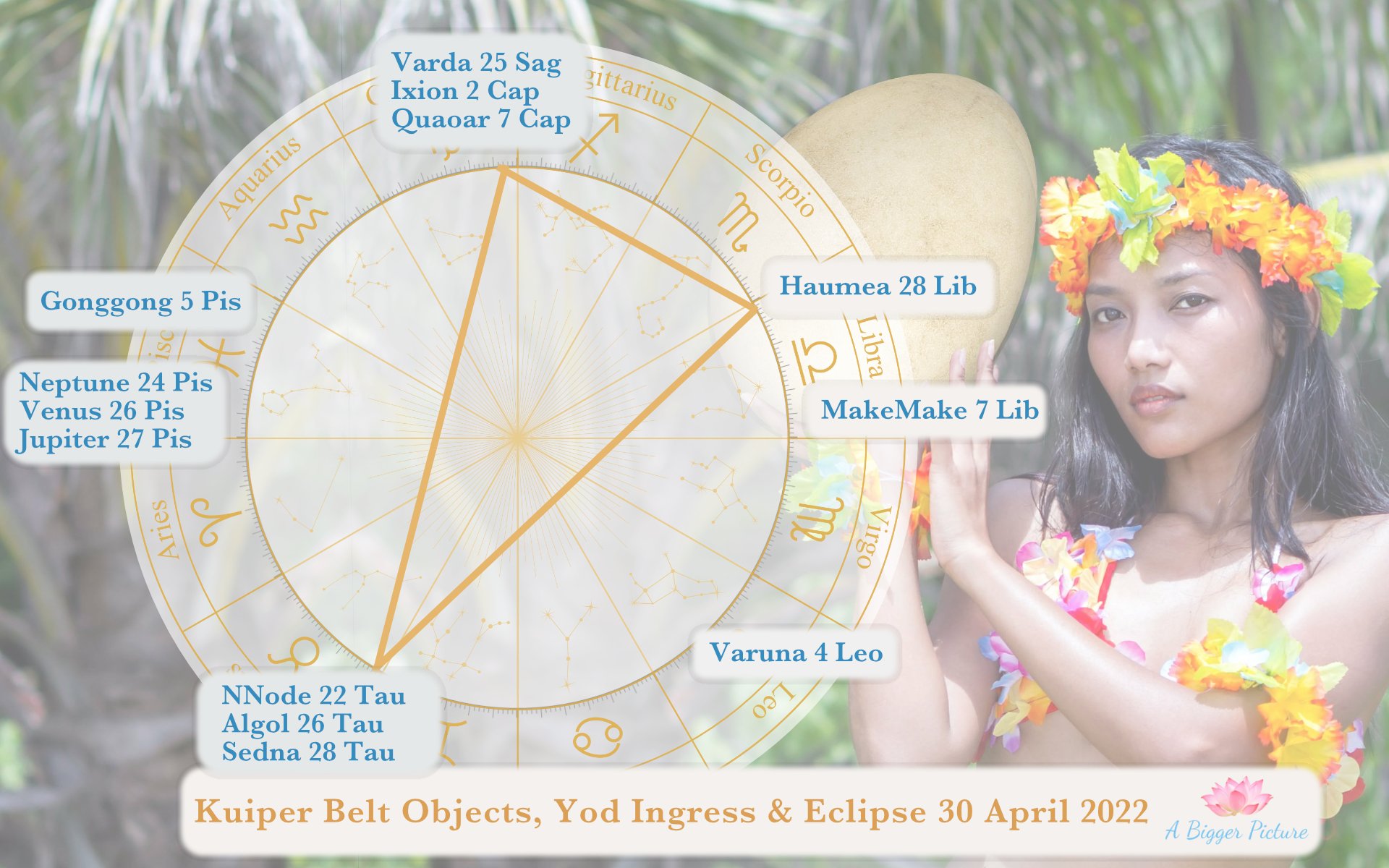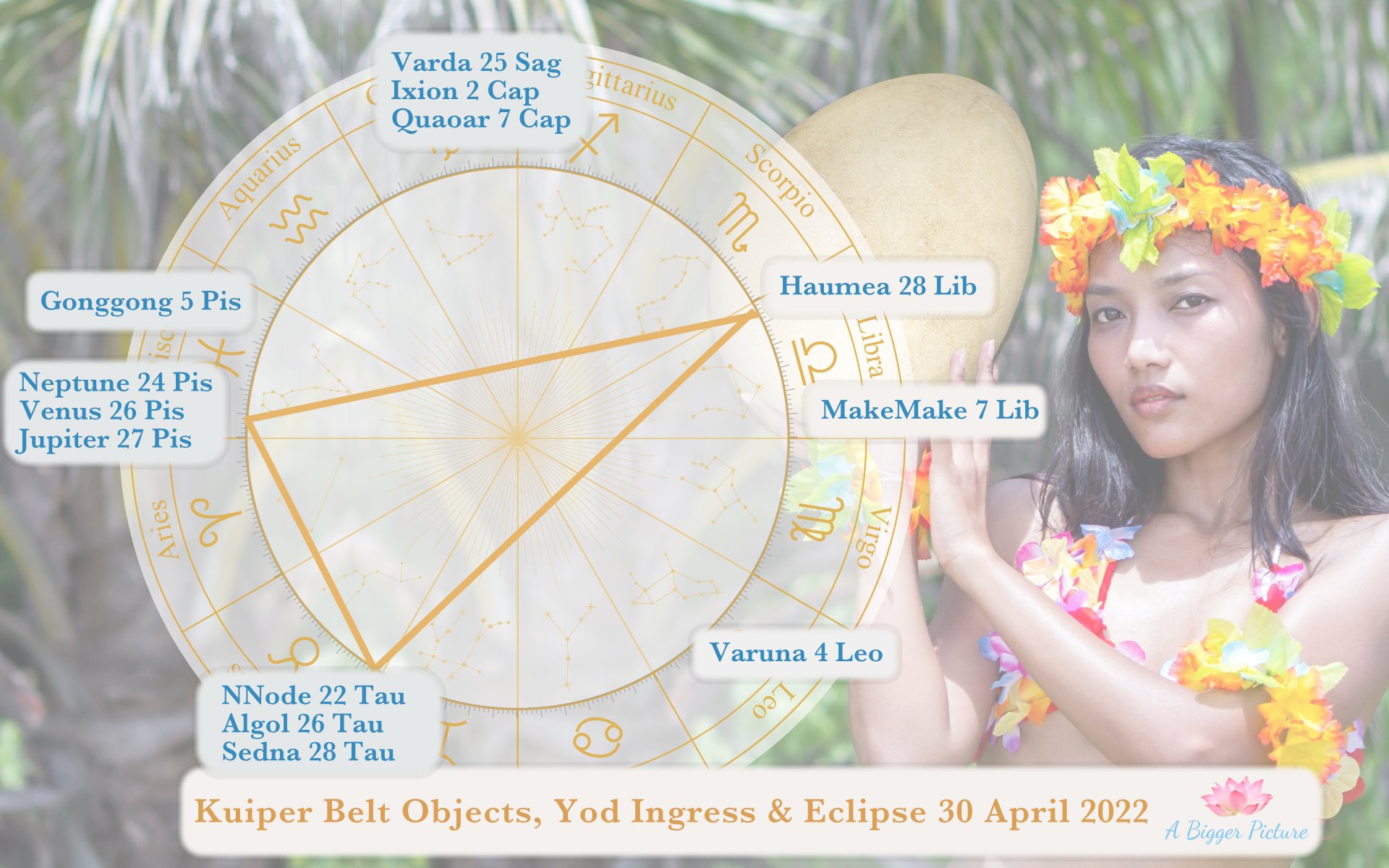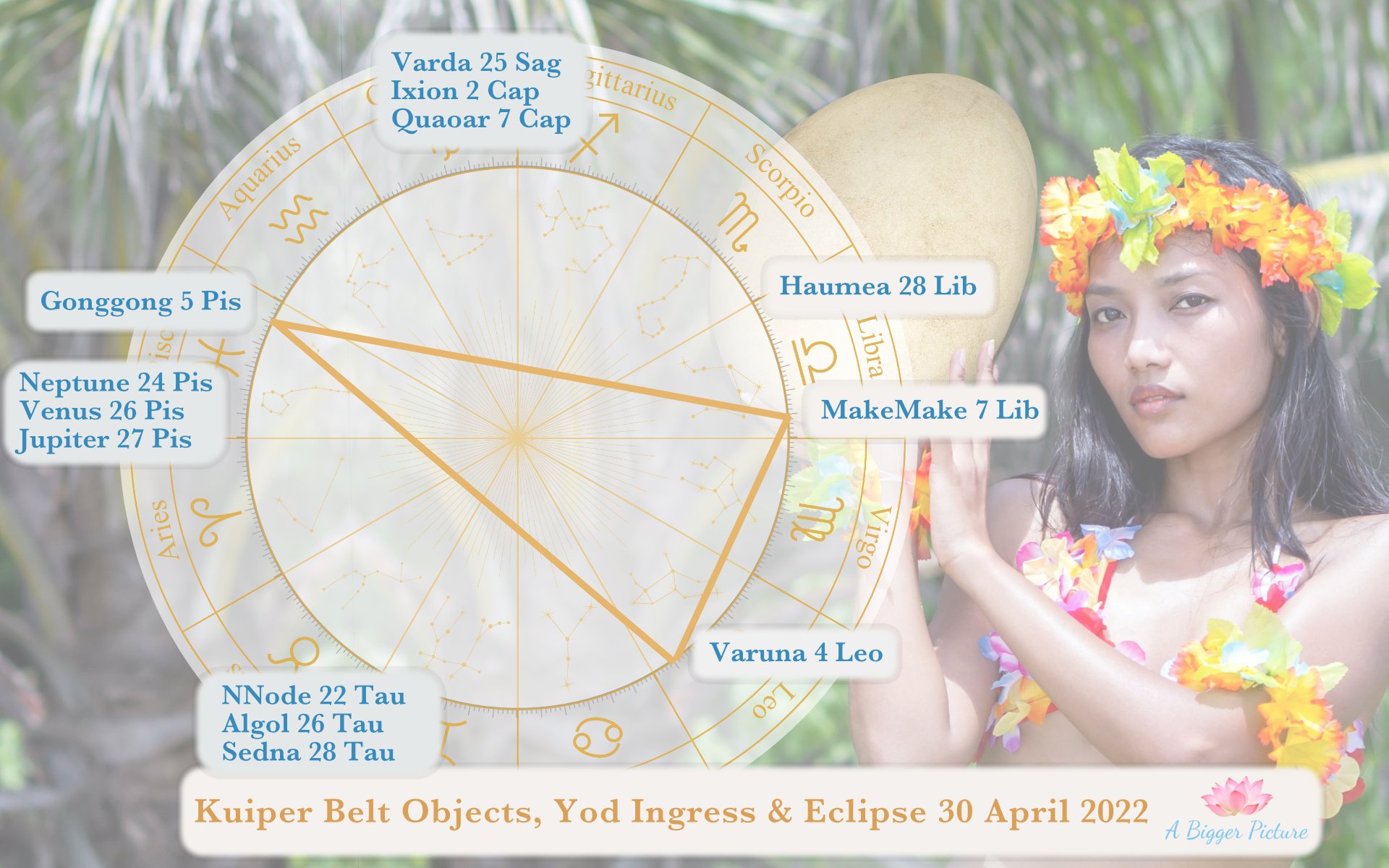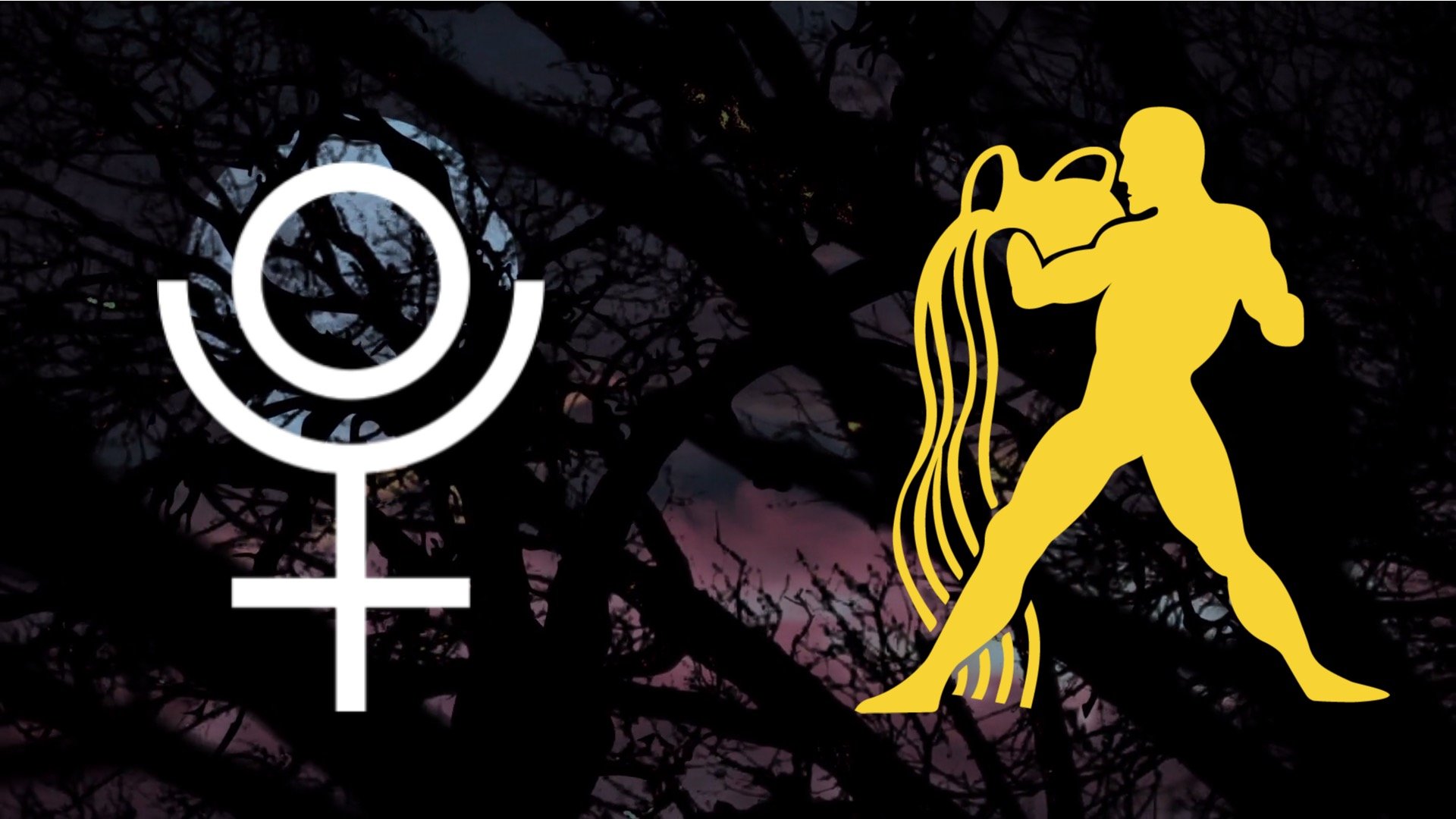Pluto Orbit
Pluto is the Lord of the Underworld in Greek mythology in astrology.
Pluto takes 248 years to orbit the sun, where Sedna takes about 11,400 years, and Eris takes 557 years.
The Kuiper belt is distinct from the hypothesised Oort cloud, which is believed to be a thousand times more distant and mostly spherical. The objects within the Kuiper belt, together with the members of the scattered disc and any potential Hills cloud or Oort cloud objects, are collectively referred to as trans-Neptunian objects (TNOs) Here is a list of the Kuiper belt objects (that had already been named) in the order of being the most brightest as viewed from Earth: Pluto, MakeMake, Haumea, Charon, Orcus, Quaoar, Varda, Varuna, Ixion.
The most important aspect of the images below for the reader to observe, is the horisontal line in the side wiew, which is called THE ECLIPTIC. This is the plane that the inner and outer planets orbit around the sun. This is the general orbit of planets like Mercury, Venus, Mars, Jupiter, Saturn, Uranus and Neptune; on the ecliptic. Pluto is the first TNO that makes a deviation from this norm, which is the normal for the TNOs. Eris for example, makes a very wide inclination of 44 degrees. Sedna, on the other hand, moves in such a wide elliptical orbit that it orbits into the Oort Cloud, which is considered the most distant area of known space. The TNOs have much in common, however, they also have great differences, which is why it has been such a challenge for astronomers to reach a consensus around classifications based on characteristics.
Pluto was discovered in 1930, around the time the potential for nuclear power in Plutonium was discovered. Even though astronomers were in a desperate search for more planets like Pluto - because they were convinced that they did exist - it was only really in 1992 that the first trans-Neptunian object after Pluto and its satelite Charon was found; now called Albion. After that, it was only after the year 2000 that a large number of similar objects were discovered, which eventually prompted the International Astronomical Union to create a ‘dwarf planet’ class. This meant that Pluto was no longer a regular planet like Saturn, Uranus or Neptune.
In 2006, the International Astronomical Union reclassified Pluto as a dwarf planet, due its size, and due to all the other Kuiper Belt objects that were discovered in the years prior. This new group/class ended the debate on what really constitutes a planet. Why? The newly discovered objects have very similar characteristics to Pluto. If they were to be considered planets, the number of planets that we have will keep on growing. Due to the new classification for Kuiper Belt Objects done after the discovery of MakeMake, the Kuiper Belt Objects are now on par with Pluto, and we know Pluto has a very, very powerful, underworld, plutonium, atomic energy. See this list of brightest Kuiper Belt Objects, as well as astronomer Mike Brown’s list of dwarf planets.
The Kuiper Belt objects are said to bring hope, change, expanded thinking, soul purpose, and quantum leaps into our consciousness.
More information about the KBOs can be found in the online course about trans-Neptunian and Kuiper Belt Objects. It is about the significant four Yods and the three Hammer of Thor aspect patterns that influences us here on planet earth from 2020 - 2030+.
The new course is all about the strange mixed bag of energies we’ve been having since the start of 2020.
“Allow things to change, shift and transform. We are in the midst of a radical evolutionary process on our planet. One piece, that a lot of astrologers are not talking about, is Eris. Eris is the Goddess of Discord and Chaos. She’s not horrible. She has a light side, and a shadow side, just like everything does. And her light side is that Eris is an activist and a warrior goddess. And she is here to shine a light on the shadow, that is making things so toxic and stagnant, that it can’t evolve, it can’t grow. She erupts things into the collective. She fronts us with what we don’t want to look at. This may sound intense and traumatic, but that is what is going to break up the foundations that are stuck, stagnant and toxic; that is holding us back from our personal, as well as our collective evolution.”
Astrologer Divine Harmony, on why Eris is important in the 21st century (source)










